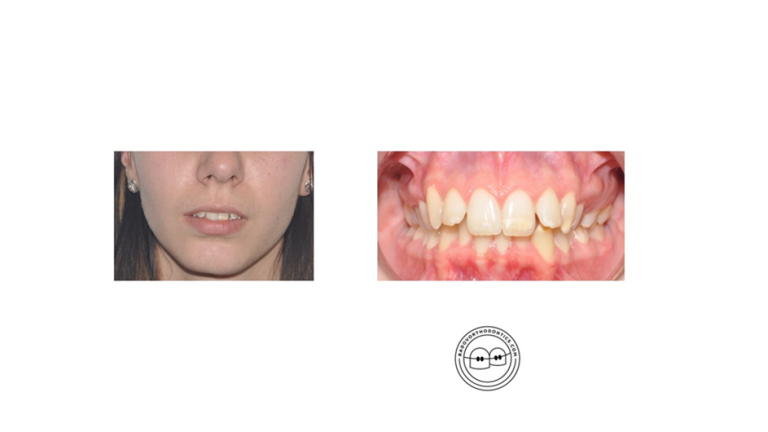Understanding open coil springs in orthodontics: Applications and Benefits
Open coils are orthodontic accessories which are often used during orthodontic treatment with fixed braces. Their main purpose, as the name suggests, is to open a space in the dental arch. This article aims to give you, the dentist, more information about that equipment.

Image source: Unsplash
Open coil springs: definition and understanding
Many manufacturers are on the market today, and the composition of the alloy they use to create the product varies. In general, open coil springs are made of a nickel-titanium (NiTi) alloy.
Usually, the NiTi is 55% of the alloy’s composition. That gives the material a chance to have elasticity, sufficient ability to withstand permanent deformation, and the chance to apply light and continuous forces, which are exactly the types of forces that we are looking for in orthodontics.
Biomechanics of open coil springs.
We need to measure the inter bracket distance and cut the open coil slightly longer than that distance. When it is compressed between the adjacent brackets, it starts to go back to its initial length. Its effectiveness depends on the main archwire’s thickness and the adjacent teeth’ ligation type.
If we use a too-soft archwire, the spring can deform it. In my opinion, the application of open coils on stainless steel archwires is the right approach. It allows us to control the system and be precise in space-opening.
Application of open coil springs.
We usually start the space opening after the initial levelling and alignment are completed and stiffer archwires are in place. If we need to open space for an implant restoration due to a congenitally missing upper lateral incisor, for example, then we need the spring.
It can be used not only to open space for the missing tooth but also to simultaneously correct the upper midline. In the vast majority of cases, it is shifted to the side of the missing tooth. Inserting an open coil between the canine and the central incisor will apply a distal force to the canine, while the central incisor will procline and mesialize at the same time.
How do they take part in maintaining spaces for orthodontic treatment?
After opening the desired amount of space we need for future prosthetic restoration, it is time to preserve the space. One way to do this is to keep the open coil in a passive condition.
Alternatively, we can use a closed coil, which is much more rigid and can maintain the space. I think that the open coil has a small disadvantage because it can be more plaque-retentive. I personally change it to a closed coil once I have achieved the goal.
Using open coil springs to correct misalignments and malocclusions.
Open coils can be used to correct mild rotations. For example, if the upper central incisor is rotating distopalatal and we insert an open coil between it and the canine to open space for the missing lateral, we can expect distobuccal force to help improve the rotation.
Let’s consider a Class III skeletal malocclusion case with missing upper lateral incisors. We can procline the upper incisors to achieve a positive overjet and open the space for future implant restorations. It is important to keep in mind that our goal is not only to open enough space for the crowns but also to ensure the roots have a reasonable alignment.
Roots that are converging in their apical parts can contraindicate implant placement because the implant will be very close to the adjacent roots. To avoid that outcome, opening space should be performed on a heavy rectangular stainless steel arch.
Another good piece of advice is to obtain a periapical X-ray before we consider debonding the braces. Confirming the gained space both clinically and with the help of the X-ray is definitely a good idea.

Image source: Unsplash
Their role in facilitating controlled tooth movement
We must be careful with the forces we apply to the dentition to control the desired tooth movement. Applying heavier forces than necessary will reduce the velocity of tooth movement and cause undesired side effects like pain, discomfort, root resorption, etc.
Another important aspect of the space opening is control of the proclination that occurs simultaneously. Severe proclination of the incisors can throw them out of the bony envelope and cause dehiscences, fenestrations and recessions.
Periodontal complications can easily present themselves if the biomechanics are not precise and the angulation of the incisors in relation to the jaw is not considered. Orthodontic assessment of lateral cephalometric X-rays gives us that valuable piece of information.
Good oral hygiene is also essential because we do not want to excessively procline the incisors if there is generalised gum inflammation. In those particular circumstances, we significantly increase the risk of recessions appearing.
To avoid that, we should activate the open coil with around a millimetre every 6-8 weeks. From my personal experience, that is a sufficient amount of force that is easily tolerated by the patient and works in a predictable and efficient manner.
Advantages of open coil springs from an orthodontic point of view
Open coil springs are easy-to-manipulate, safe, and user-friendly orthodontic auxiliaries that are used whenever we need to increase the space between two adjacent teeth. Their most significant advantage, in my opinion, is the fact that we are in complete control of the applied force which they exert.
Additionally, their function is limited. Even if the patient skips an appointment, they can not open more space than necessary. The combination of those two specific characteristics makes them particularly useful in daily clinical practice.







